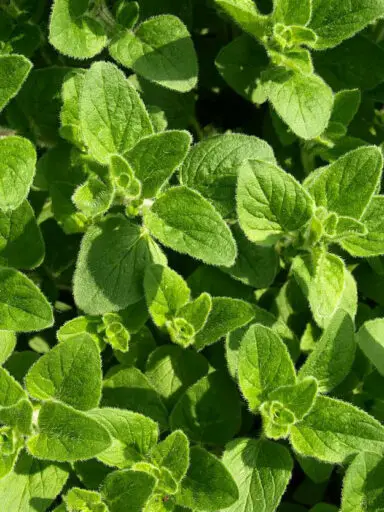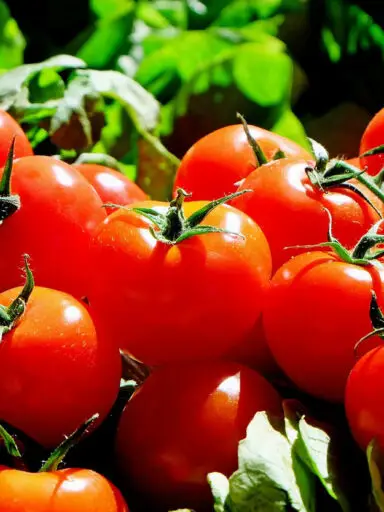The sunflower seed is the fruit of the sunflower plant. Botanically speaking, the fruit is a cypsela. The plant is commonly cultivated for the seed which is eaten as a snack or for extracting the sunflower oil.
The three common types of sunflower seeds are linoleic (most common), high oleic, and NuSun which is developed for the oil.
The plant comes from the family Asteraceae and is distributed to over 70 species. The name originated from the Greek Helianthus meaning sunflower. It common sunflower referred to as here is closely related to the Jerusalem artichoke.
The plant does well in temperate and tropical regions in well-drained soils. It is an annual and perennial plant that can grow up to 3 meters tall and bears large flowers reaching 12 inches in diameter.
The plant is known to tilt to face the sun during growth when young. Older plants generally have their flowers facing east.
The world’s largest producers of sunflower seeds are Ukraine, Russia, China, Romania, and Argentina respectively.
Every part of the plant remains productive after harvest. The shoots and leaves can even be used for animal fodder, the hulls, or shells which are mostly cellulose can be used as biomass fuel for cooking and other purposes.
The seeds grow to about 6 mm to 10 mm in length and feature a conical shape with a smooth surface. They are generally black and light in some varieties. They bear distinctive stripes along their length.
The black variety is generally the smaller ones used for the extraction of oil. The larger sweeter ones are eaten as snacks even though this is just a matter of preference.
The seeds are harvested when they turn brown and dry. In stores, the seeds can be found all year round in the form of whole seeds, hulled, roasted, or salted. The oil is normally sold in sealed glass or plastic bottles.
The seeds can be pressed for oil and preparation of sunflower butter and used as a spread similar to peanut butter.
The whole seeds at home should be stored in a cool dark place. The kernels should be stored in an airtight container in a refrigerator.
Preparation of Sunflower Seed for Culinary Use
The oil can be used as part of salad dressing preparations, it can be used in baked goods according to the recipe instructions.
The seeds can be roasted and salted and eaten as a standalone snack. They can also be crushed and added to salads.
The seeds can be used to coat desserts such as ice cream sundaes, chocolate, candy, cake, muffins, and other confectionaries.
In certain Central European countries like Germany, sunflower seed flour is used to make dark bread.
SunButter is butter that can be used as a suitable alternative to peanut butter for those with allergies.
Nutritional Benefits
Sunflower seed is rich in energy, vitamins, minerals, antioxidants, and proteins. It is also rich in dietary fiber and contains no cholesterol.
The seeds contain 584 calories per 100 grams. It is very rich in fats and oils.
The seeds are a great source of B-complex vitamins such as pyridoxine, thiamin, and folates. It is also rich in niacin, riboflavin, and pantothenic acid. The seeds are also an extremely rich source of vitamin E.
As far as minerals go, it is rich in potassium and calcium. it is an extremely rich source of copper, iron, and magnesium.
You will also get large amounts of phosphorus, selenium, and zinc from the sunflower seed.




